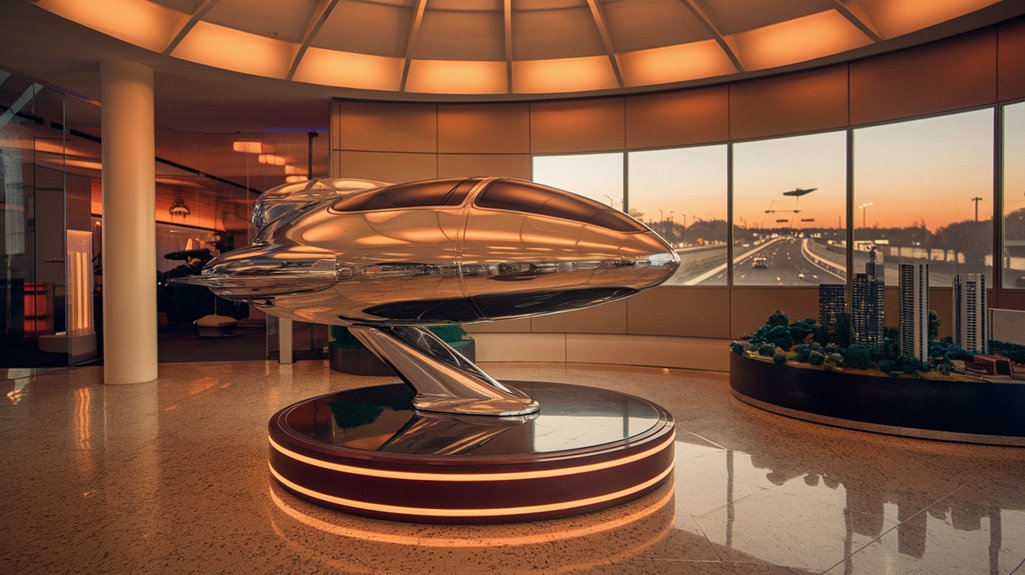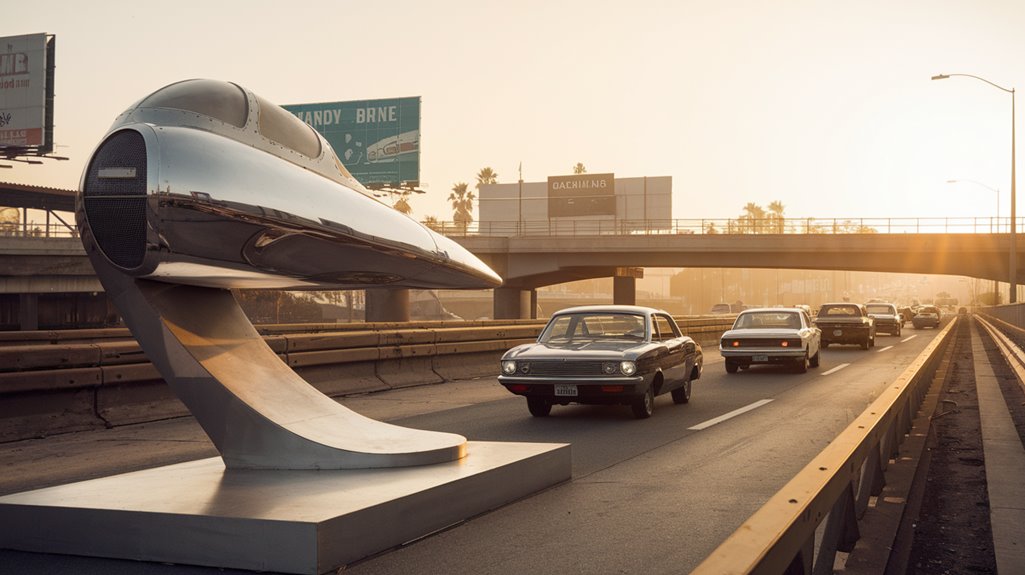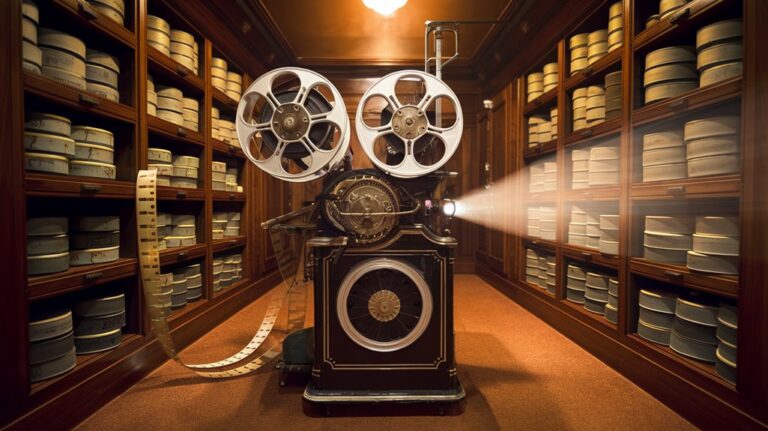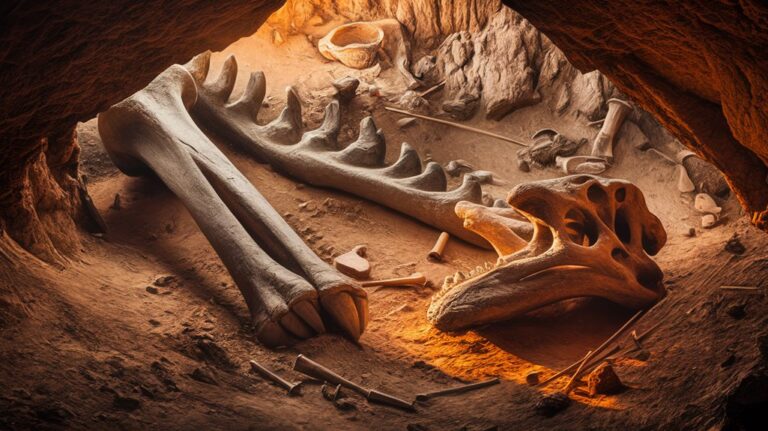Jetpack Dreams: Why We’re Still Stuck in Traffic
You've probably imagined soaring over gridlocked highways in your personal jetpack, leaving frustrated drivers in your wake. It's a seductive fantasy that's captured minds for decades, yet here you are—stuck in traffic again. While tech visionaries promise flying cars and automated transport solutions, the reality of your daily commute hasn't changed much since the 1950s. What keeps us earthbound isn't just technological limitations; it's a complex web of urban planning, human behavior, and societal choices that'll surprise you.
The Reality Check: Our Growing Traffic Crisis
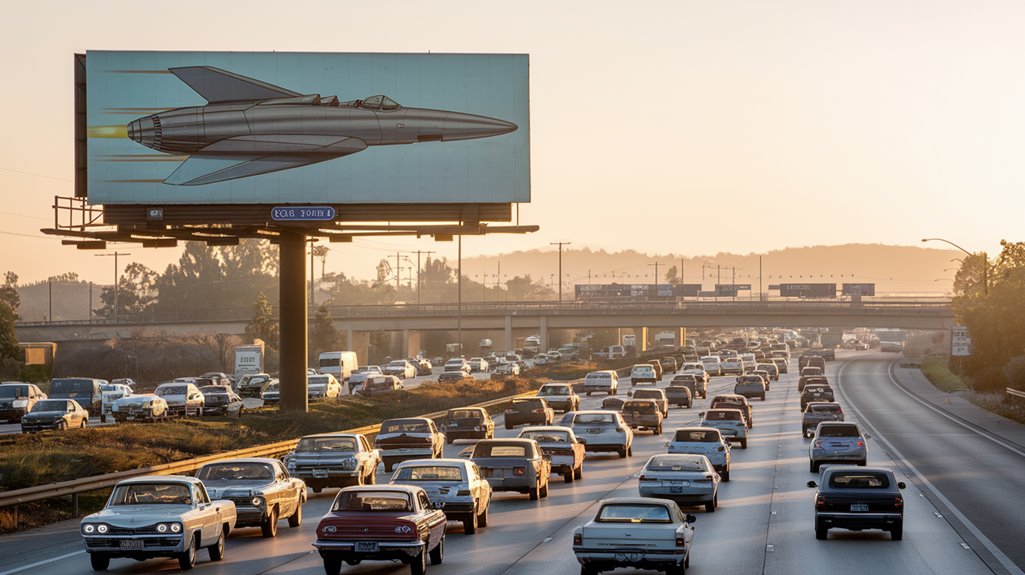
While technological advances promise a future of flying cars and jetpacks, today's reality presents a stark contrast in our growing traffic crisis. You're likely spending more time than ever stuck in traffic, as 76% of cities saw decreased average speeds in 2024. Istanbul leads this concerning trend with 105 hours lost per driver annually.
Current traffic patterns reveal a troubling trend: the average U.S. driver lost 43 hours – fundamentally a full work week – to congestion last year. Mexico City residents face even greater challenges with 52% longer journeys compared to free-flow traffic conditions.
Urban planning challenges are mounting, particularly in cities like New York, where you'll face even worse conditions in coming years. With projections showing one million more residents and 750,000 new jobs over the next 25 years, the situation's becoming critical.
The economic toll is staggering – congestion now costs the U.S. economy over $74 billion annually, and in New York City alone, it's draining $13 billion from the regional economy.
From Flying Cars to Gridlock: Evolution of Urban Transit
Today's gridlocked streets tell a compelling story of how we got here, stretching back to the early 1800s when cities were compact and walkable.
While you might dream of flying cars solving our traffic woes, the reality is that transportation technology has always shaped how cities grow and function.
Before 1890, you'd find cities densely packed, with everyone living within walking distance of their daily needs.
Then came the revolutionary changes: first horse-drawn cars, then electric streetcars, and finally automobiles.
Each innovation allowed cities to expand outward, transforming urban density patterns.
The streetcar era of 1890-1920 created transit corridors, while cars enabled unprecedented suburban growth.
As cities evolved, steam-powered locomotives transformed how people could travel between regions, connecting previously isolated communities.
The rise of automobiles led to social neighborhood divisions as wealthier residents moved to suburbs while lower-income populations remained in central areas.
What started as an exciting new freedom – the ability to live farther from city centers – has now contributed to our modern traffic challenges.
The Hidden Cost of Our Daily Commutes
As commuting costs continue to drain American wallets, the true price extends far beyond gas money and vehicle maintenance.
You're likely spending nearly $8,500 annually on your commute – that's a staggering 19% of your income vanishing into thin air. When you factor in time valuation, the numbers become even more sobering.
Every mile you live from work costs you $795 per year, and you're losing an average of 239 hours annually just getting to and from your workplace. With public transit costs rising 15% in recent years, alternative transportation offers little financial relief.
Your commuting expenses hit harder if you're in a major city like New York, where annual costs can exceed $13,000. The average American now spends $2,914 per year on commuting, marking a 35% increase from the previous year.
If you're in a lower-income bracket, you're feeling an even tighter squeeze, spending over 8% of your after-tax income on gas alone – nearly five times more than high-income earners.
Why Technology Hasn't Saved Us Yet
Despite massive investments in smart traffic solutions, we're still stuck in gridlock – and there's a reason why.
While technologies like Intelligent Transportation Systems (ITS) and AI-powered traffic management show promise, they're only as effective as the infrastructure supporting them.
You might wonder why your navigation app hasn't solved traffic woes. The answer lies in data limitations and infrastructure challenges.
Cities need extensive networks of sensors, cameras, and electronic signs to collect real-time traffic data. Even when these systems are in place, they can create unexpected problems – like navigation apps rerouting traffic through residential streets not designed for heavy flow. In Israel, a typical 4.8 km commute now takes up to 50 minutes due to traffic congestion.
Research shows that adopting ITS technology has led to over $4.7 billion in annual savings.
The truth is, technology alone can't fix congestion.
Without addressing fundamental urban design issues and investing in proper infrastructure, even the smartest systems won't get you home any faster.
Breaking Free: Smart Solutions for Modern Cities
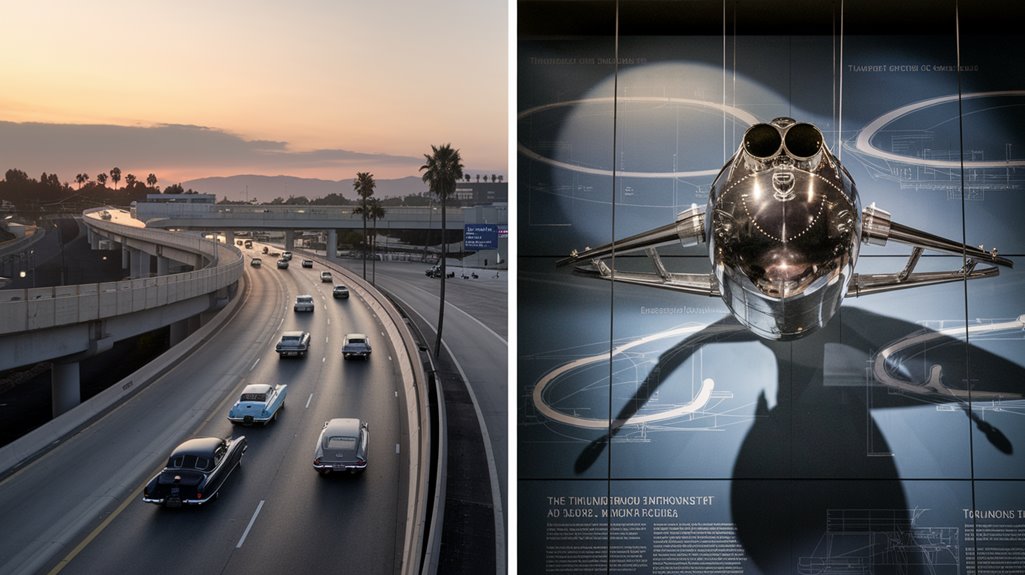
Modern cities are breaking free from traditional traffic constraints through integrated smart solutions that revolutionize urban mobility.
You'll find smart infrastructure transforming daily commutes with real-time GPS tracking, IoT sensors, and data analytics that help you navigate congestion more efficiently.
Connected transport networks are reshaping how you move through cities, offering features like smart parking apps that guide you directly to available spots and automated surveillance systems that keep you safer. The transportation technology market is experiencing a remarkable 20% CAGR growth through 2024. Public transport systems now deliver continuous mobile coverage to meet evolving passenger needs.
 green logistics initiatives. With transportation contributing 28.9% of emissions, reducing environmental impact has become a critical priority.
green logistics initiatives. With transportation contributing 28.9% of emissions, reducing environmental impact has become a critical priority.
You'll see fewer private cars and more shared mobility options, from roboshuttles to urban air taxis.
AI-powered autonomous vehicles will navigate efficiently through traffic while micromobility solutions like e-bikes offer flexibility for shorter trips.
The future isn't just about replacing old vehicles with new ones – it's about creating an interconnected, multimodal transportation system that's cleaner, smarter, and more efficient than ever before.

